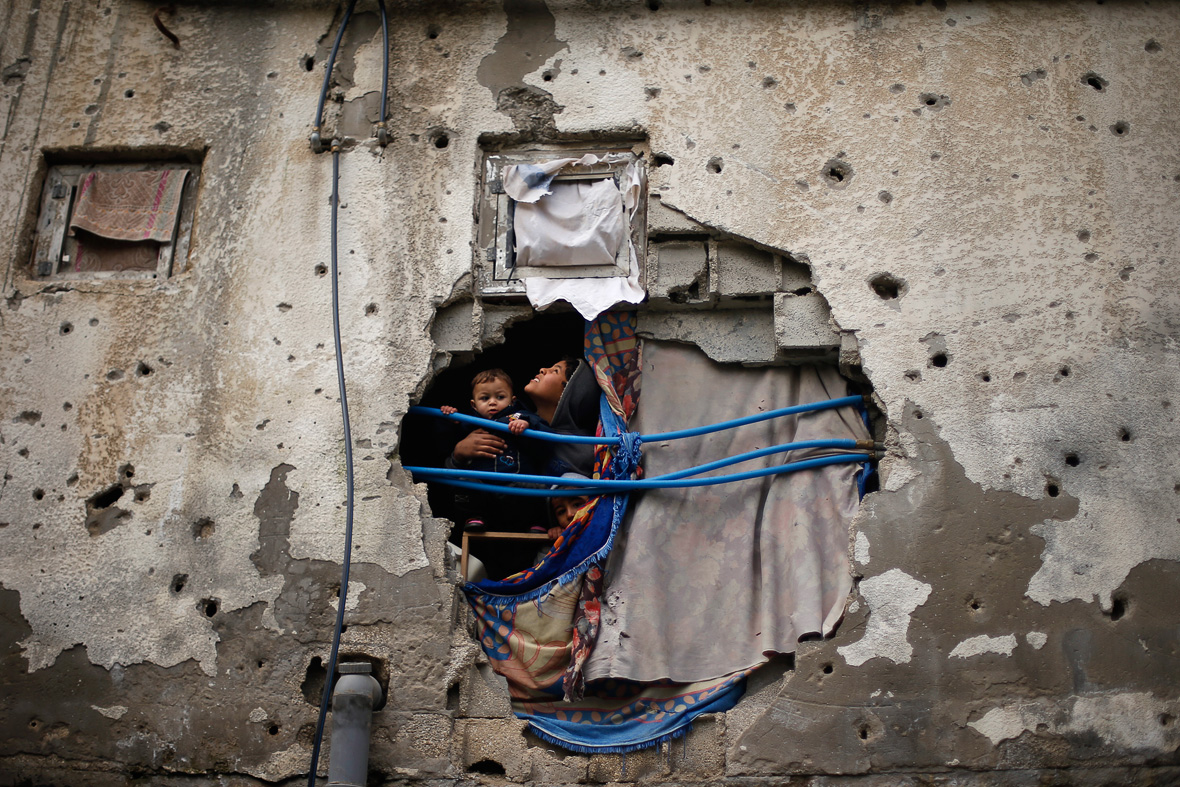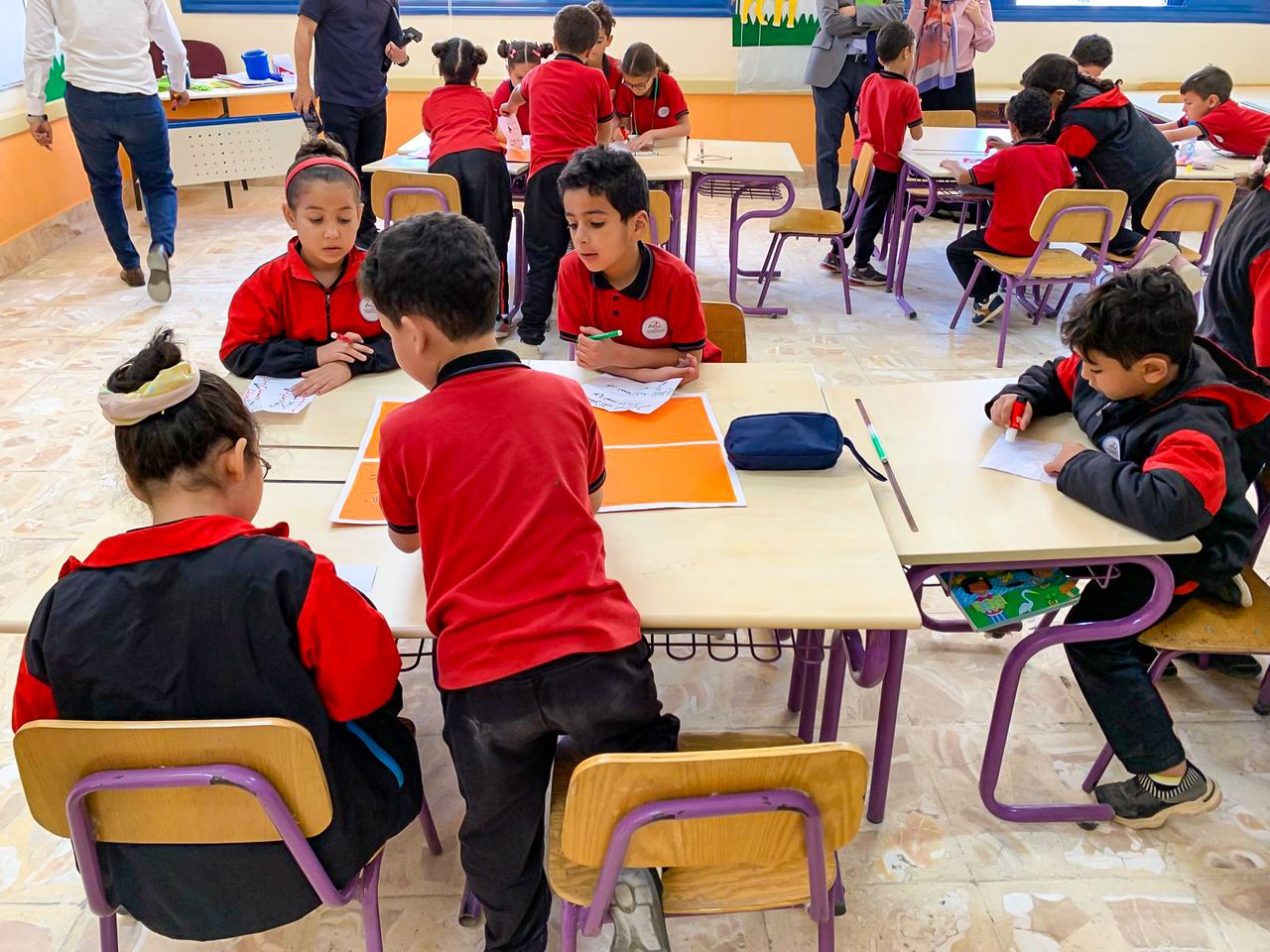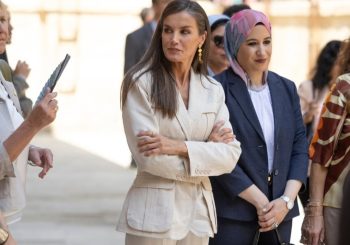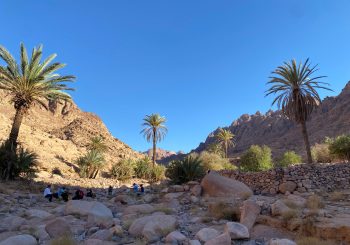In the enchanting fable “The Little Prince”, Antoine de Saint-Exupéry’s poignant words, “all grown-ups were once children… but only few of them remember it,” resonate deeply when considering the tragic reality of war’s impact on children. Unlike adults, who may grasp the political complexities and historical context of war, children experience it through a raw, unfiltered lens of evil and loss.
Children’s understanding of war differs vastly from the adult perspective. Adults, exposed to violence over time, can develop a sense of numbness. They may become desensitized to the suffering around them. Children, however, experience it viscerally, retaining the rawness and depth of their emotions. Their experience, unfiltered by the mental armour of adults, exposes the naked evil of war in ways adults often cannot, or choose not to, see.
Recognizing the unique lens through which children experience war is fundamental. Children’s stories are not simply windows into the immediate horrors of war, but testaments to its long-term effects. The trauma they experience shapes their perceptions of safety, trust, and justice. It impacts their education, relationships, and ability to cope with emotions. These burdens ripple through generations, perpetuating cycles of fear and violence.
We gain a deeper understanding of the human cost of war, far beyond statistics and news reports. As Sudanese former child soldier Emmanuel Jal writes in his book, War Child (2009): “This one is not meant to be a history of a country to be read by scholars. It is the story of one boy, his memories, and what he witnessed.”
Children, who make up half of Gaza’s population, are bearing the brunt of the war’s suffering. The human cost of war extends far beyond the immediate casualties. In the Gaza Strip, thousands of children are living with the trauma of being separated from their families. This number, estimated at 17,000 by UNICEF, serves as a stark reminder of the devastating impact of war on children.
That being said, Israel has a long history of targeting Palestinian children, of which this war is but a mere snapshot. Below are infographics and specifics of how Palestinian children perceive and experience the wars in Palestine more deeply and uniquely.
Disrupting education
For Palestinian children, war is a constant threat that disrupts their access to learning and jeopardizes their future.
Gaza’s children are bearing the brunt of the ongoing conflict, with over 625,000 students and 22,500 teachers cut off from education since 7 October. Schools, hospitals, and homes across the Gaza Strip are under daily attack, leaving over 76 percent of schools damaged or destroyed. This crisis jeopardizes the education and well-being of countless children.
Even before the recent escalation in Gaza, Palestinian children in the West Bank faced significant barriers to education. In 2023, nearly 6,000 children in 117 West Bank communities could not attend primary school, and almost 5,000 more struggled with daily education due to restrictions, checks, and harassment on their school journeys. These ongoing challenges highlight the urgent need for action to ensure Palestinian children have safe and equitable access to education.
For Palestinians living under Israeli occupation, a network of military checkpoints creates significant obstacles to daily life. Even short journeys can take hours, impacting access to essential services like education. Schoolchildren are particularly affected, facing delays that lead to missed classes and the potential for violence, intimidation, or arbitrary arrest at checkpoints.
Attacks on schools, threats against educators, and military occupation of educational facilities severely disrupt their access to learning. In 2019 alone, the UN documented 257 such incidents in the West Bank and Gaza.
Displacement and loss
Uprooted from their homes, Palestinian children often find themselves in refugee camps as a result of war. These camps, while providing basic shelter, can be harsh environments with limited resources and constant uncertainty. From Jordan and Lebanon to Syria, Gaza, and the West Bank, refugee camps house over 1.5 million Palestinian refugees, representing nearly a third of the registered population.
In 2019, Israeli authorities demolished a record number of Palestinian homes in the West Bank and East Jerusalem, shattering lives and displacing hundreds. B’Tselem – the Israeli Information Center for Human Rights in the Occupied Territories – reported 275 homes demolished, leaving 677 people, including 342 children, homeless.
Palestinians also navigate a system rigged against them when it comes to building permits. The process is lengthy and expensive, and success rates are abysmal. Forced to build without permits due to these unfair practices, homes remain under constant threat of demolition, displacing families and leaving homeowners vulnerable to arrest under Israeli law.
Denying healthcare
Children across Gaza are on the brink of death, with vital medical care collapsing. Attacks have crippled hospitals, including Al-Rantisi and Al-Nasr, leaving children on dialysis and in intensive care without essential services. Fuel shortages threaten further closures, jeopardizing countless lives. Immediate action is needed to protect these vulnerable children and restore healthcare access.
Save the Children reports that nearly 400 children in Gaza were denied permits to access critical healthcare in the West Bank during the first half of 2023. This limited access to specialized treatment is further exacerbated by restrictions on medical equipment and medication entering Gaza.
Israeli restrictions on medical equipment and medication entering Gaza, combined with the permit system for seeking specialized care outside, create a deadly barrier for children with serious illnesses. In 2022, three children, including a toddler and a teenager battling cancer, died while waiting for permits, underscoring the urgency of addressing these obstacles to life-saving treatment.
The Israeli government’s limitations on the entry of medical supplies and medications into Gaza mean that neither radiography nor chemotherapy treatments are available.
Devastating ground and aerial attacks in 2008–2009, 2012, and 2014 were among the three exceptionally destructive Israeli military offensives that decimated the Gaza Strip’s infrastructure, which included its healthcare sector.
Along with Israel’s closure policy, the ongoing destruction of Gaza’s infrastructure has resulted in a man-made humanitarian crisis marked by severe shortages of electricity and water, further endangering the health of patients who are unable to receive treatment in hygienic conditions.
Police and military violence
According to recent data by Save the Children, 69 percent of Palestinian children in the Israeli military custody system have been subjected to strip searches and four out of five (86 percent) have experienced physical and psychological abuse.
At the time of arrest, over half (42 percent) suffer injuries, such as gunshot wounds and fractured bones. The child rights organisation stated that some people report sexual assault and that some people are moved in tiny cages between detention facilities or to court.
According to Save the Children, an estimated 10,000 Palestinian children have gone through the Israeli military detention system over the past 20 years, sparking criticism as it represents a potential violation of international law, which prohibits the routine prosecution of minors in military courts.
Israel also holds the grim distinction of being the sole country systematically prosecuting children in military courts that deny fundamental fair trial rights. This practice affects roughly 500-700 Palestinian children annually.
The weight of hardship borne by Palestinian children during conflict can never be fully captured in numbers. Their experiences hold a mirror to the society they live in, offering a reflection on the societal structures that allow such suffering to continue.







Comment (1)
Great article! Thumb up for your analysis.